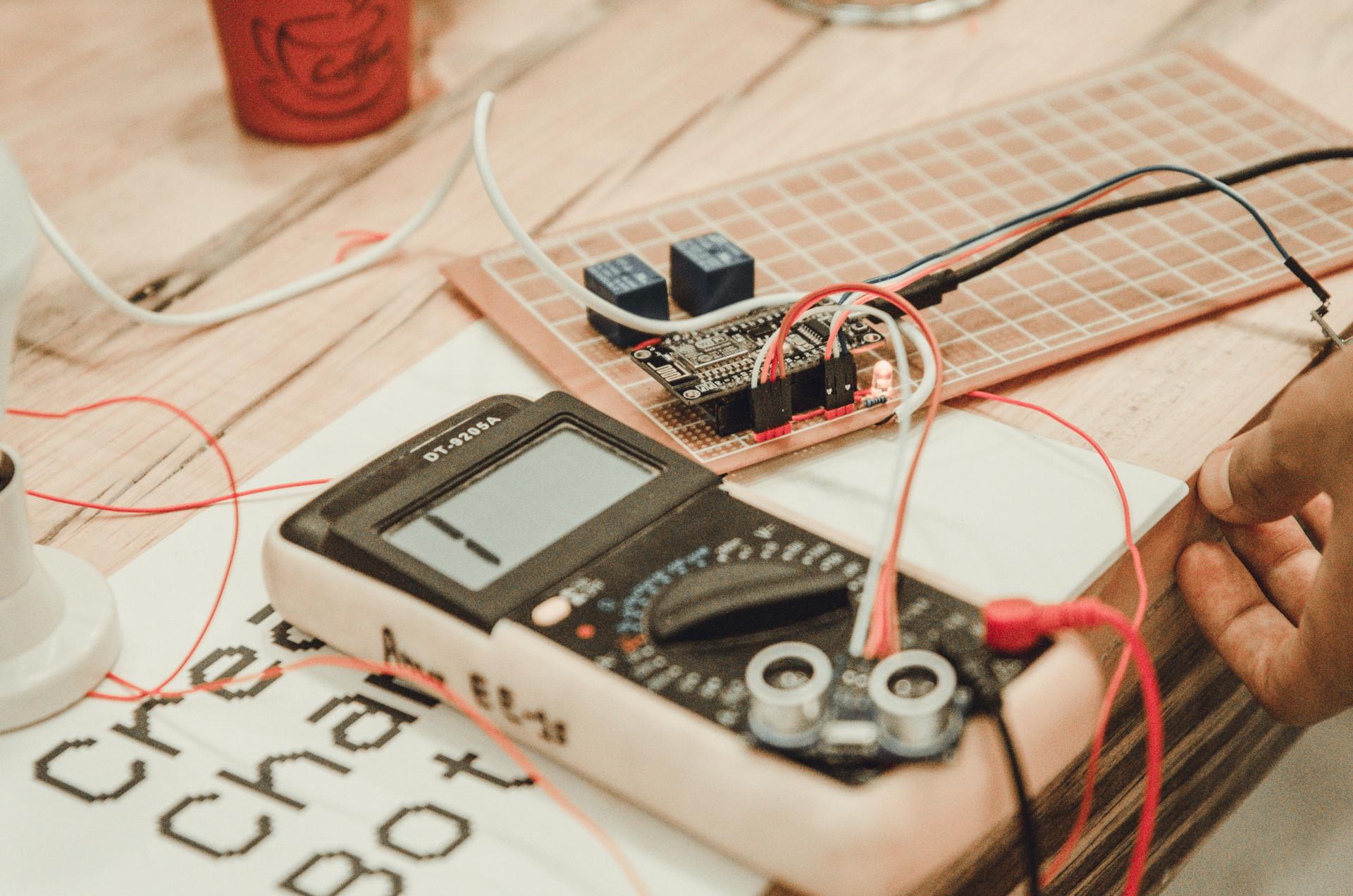Ways to Test Your House's Electric Security: A Complete Tutorial

In terms of security in your home one of the primary areas to think about is electrical safety. Testing for electrical safety is the procedure of testing the electrical system within your home to make sure it’s safe and up-to-code. In this article, we’ll provide you with the basics of what electrical safety tests are, what equipment you’ll require to conduct them, how to conduct the tests and the warning signs to be aware of.
What exactly is the definition of an Electrical Safety Test?
A safety test for electrical appliances is the process of inspecting the electrical system inside your home to make sure it’s safe and functioning in a proper manner. Electrical safety tests are important because they can help in preventing electrical fires and electrical accidents and also ensure the long-term durability of your electrical system.
Equipment Required to conduct an Electrical Safety Test
To conduct an electrical safety test you’ll require a few basic equipment. These include a voltage tester and a continuity tester circuit tester along with outlets tester. A voltage tester can test for live circuits, while the continuity tester looks for circuits that are damaged. The circuit tester is used to detect wiring problems and outlets testers are used to detect electrical issues in outlets. It’s important to use these tools correctly to get accurate results.
How do you conduct an electrical Safety Test
To conduct an electric safety check in your home, follow these steps:
Switch off the power source to the circuit you’re conducting tests on.
Use your voltage tester to look for live circuits.
Utilize this continuity tester to check the integrity of your circuit.
Make use of the circuit tester for checking for wiring faults.
Use the outlet tester to find any wiring issues in the outlets.
When testing Be sure to check for any indications of wear or damage on the wires that could indicate broken or frayed wires burn marks and loose wires. If you discover any problems that need attention, you must address them as soon as possible to prevent any potential dangers.
The Signs of Electrical Issues to be Watchful for
There are a variety of warning signs that could indicate electrical problems in your home. They include flickering light bulbs, frequent circuit breaker tripping, buzzing or crackling sounds from outlets, outlet that are hot or discolored as well as a burning smell. If you observe any of these warning indicators, you must get to work immediately to avoid any electrical dangers.
Conclusion
Electrical safety tests are crucial for ensuring the safety of your home and your family. By performing regular tests and fixing any issues quickly, you can avoid potential dangers to your electrical system and prolong the life of your electric system. If you need help in electrical repairs or testing Don’t hesitate to reach out to Local Electrician Mosman. Our experienced team can offer you expert advice and assistance. Contact us at 1300 941 876 to schedule an appointment or to request a quote.
FAQ Section
How often should I do an electrical safety check in my home?
We recommend conducting safety tests for electrical equipment at least once a year.
Can I conduct an electrical safety test on my own , or do I need a professional?
While it’s possible to perform tests for electrical safety yourself however, it’s advised to employ a professional to ensure accurate results and avoid potential hazards.
Which are the top frequently encountered electrical problems that can be found in an electrical safety check?
The most frequently-repeated electrical issues that are discovered during a safety test are defective wiring, circuits that are overloaded and obsolete electrical systems.
What should I do if I find an issue during the electrical safety check?
If you find an issue in the electrical safety test, it’s important to act quickly. This could include getting an expert electrician to address the issue or replacing the equipment that is malfunctioning.
